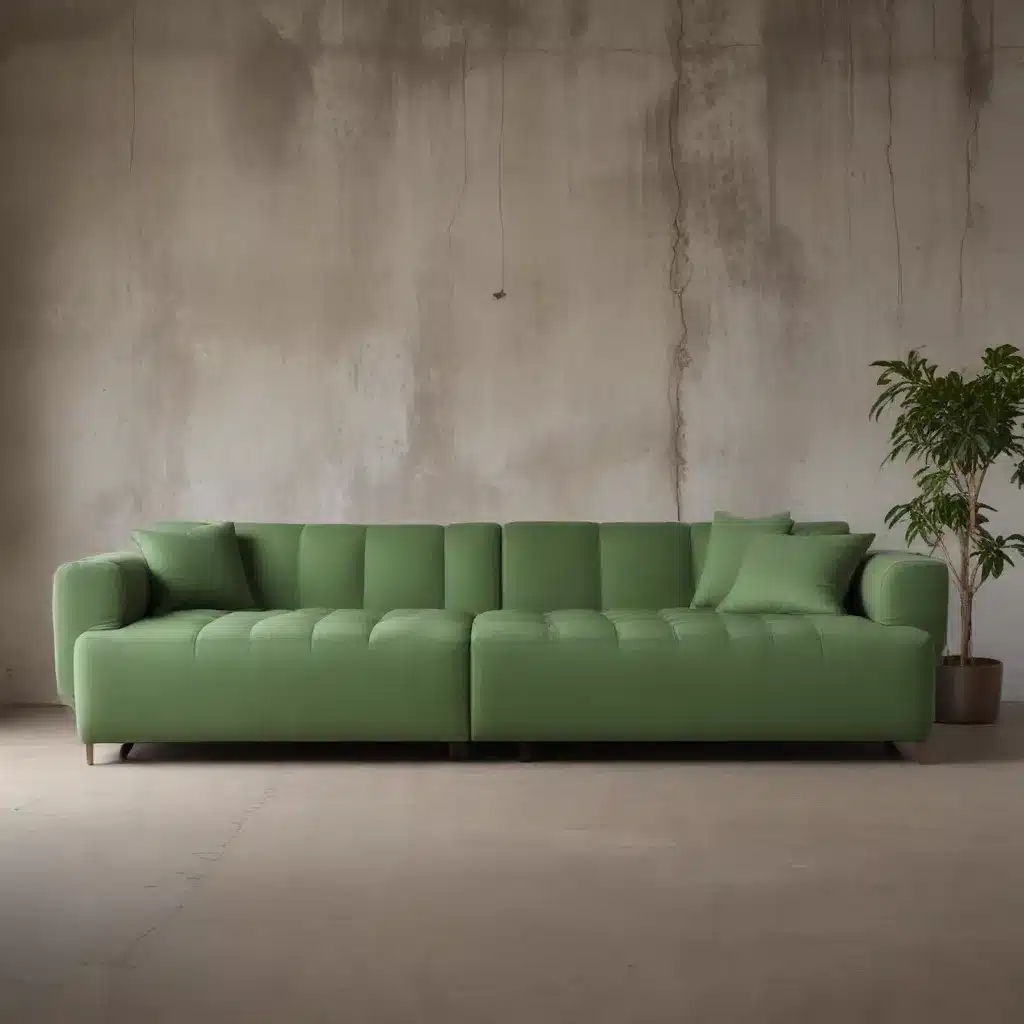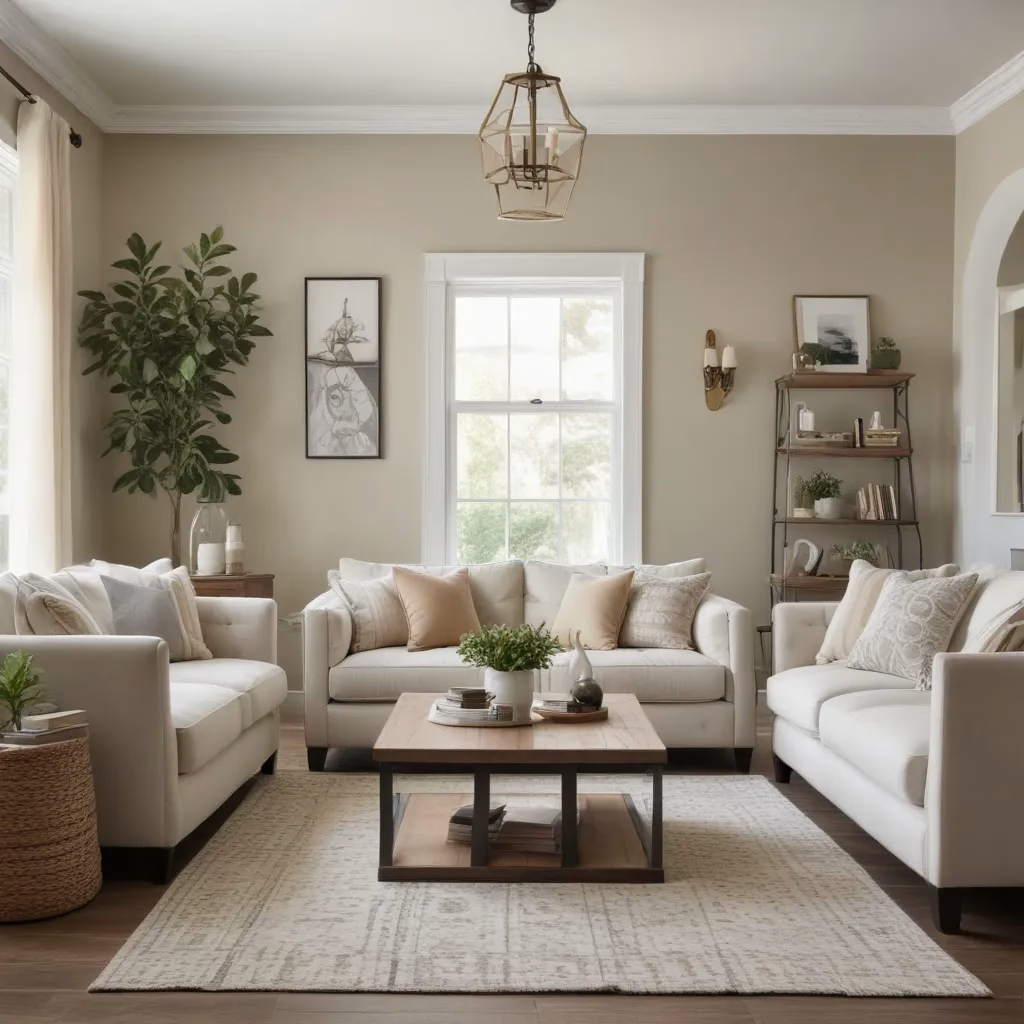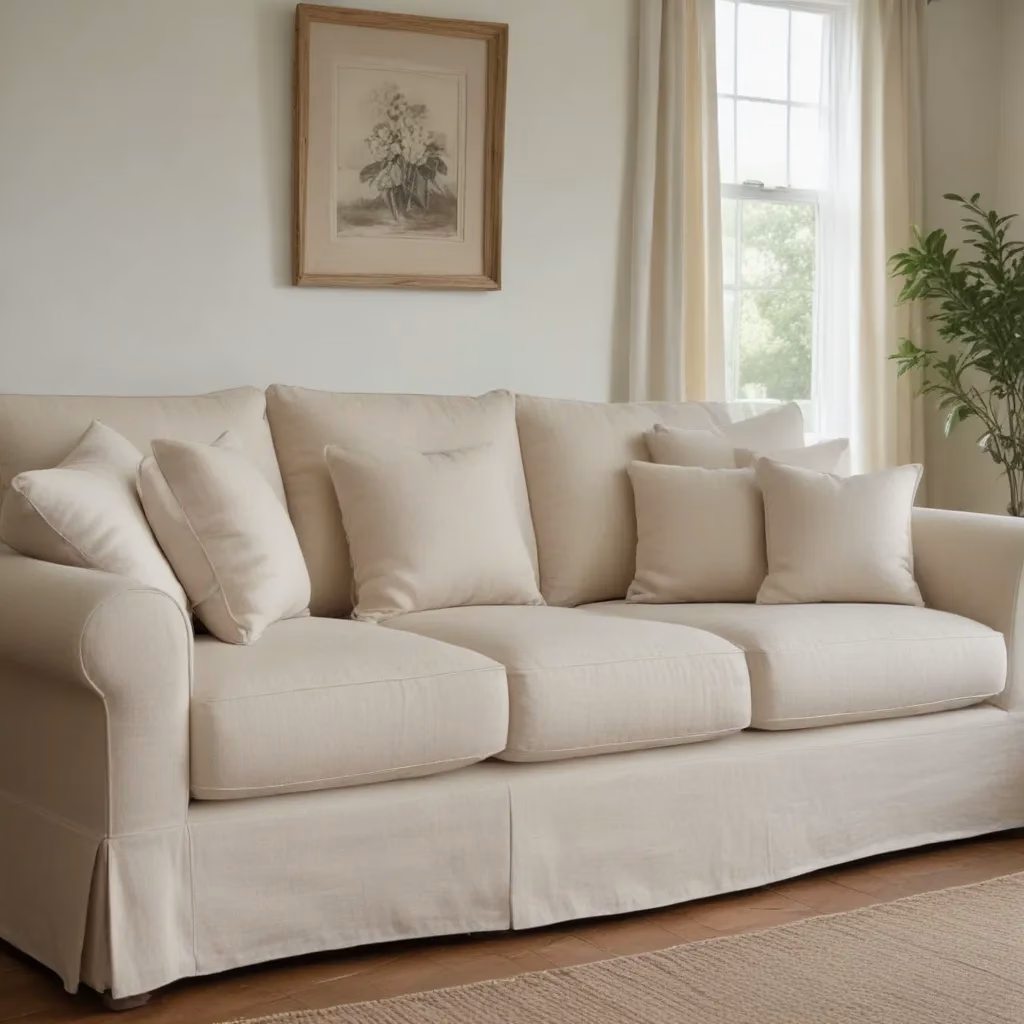
The Rise of Sustainable Furniture
As a furniture specialist with years of experience in the industry, I’ve witnessed a significant shift in consumer preferences over the past decade. Gone are the days when style and comfort were the only considerations when choosing a sofa. Today’s conscious consumers are increasingly looking for furniture that not only looks good but also aligns with their environmental values.
This trend towards sustainability in furniture design isn’t just a passing fad. It’s a response to growing awareness about the environmental impact of our consumption habits. Many of us are now seeking ways to reduce our carbon footprint, and choosing eco-friendly furniture is one way to do that.
The furniture industry has taken note of this shift, and manufacturers are responding with innovative solutions that combine high design with sustainability. From recycled materials to zero-waste production processes, the options for eco-conscious consumers are more diverse and stylish than ever before.
What Makes a Sofa Eco-Friendly?
When we talk about eco-friendly sofas, what exactly do we mean? It’s not just about using recycled materials, although that’s certainly part of it. There are several factors that contribute to a sofa’s sustainability credentials:
-
Materials: Eco-friendly sofas often use recycled or sustainably sourced materials. This could include recycled plastic for the frame, organic cotton for the upholstery, or sustainably harvested wood for the legs.
-
Production Process: The manufacturing process itself can be made more sustainable through energy-efficient practices, waste reduction, and the use of non-toxic dyes and finishes.
-
Longevity: A truly sustainable sofa is one that lasts. Quality construction and durable materials mean the sofa won’t need to be replaced as quickly, reducing waste.
-
End-of-Life Considerations: Some manufacturers are now designing sofas with disassembly and recycling in mind, making it easier to recycle or repurpose the sofa at the end of its life.
As someone who’s seen the inside of many a sofa (literally!), I can tell you that these considerations can make a big difference in the overall environmental impact of a piece of furniture.
Innovations in Eco-Friendly Sofa Design
The push for sustainability has led to some truly innovative approaches to sofa design. One trend that’s caught my attention is the use of unconventional recycled materials. For instance, some companies are now creating fabric from recycled plastic bottles. It’s a win-win situation: we’re reducing plastic waste while creating durable, attractive upholstery.
Another exciting development is the use of natural, biodegradable materials. Cork, for example, is becoming increasingly popular for sofa frames. It’s lightweight, durable, and naturally resistant to mold and mildew. Plus, it’s harvested without harming the tree, making it a renewable resource.
But perhaps the most revolutionary approach I’ve seen is the concept of circular design. This philosophy aims to eliminate waste by designing products that can be easily disassembled and recycled at the end of their life. Some manufacturers are now creating sofas where every component can be separated and recycled or biodegraded.
The Intersection of Style and Sustainability
Now, I know what you might be thinking. “Sure, these eco-friendly sofas sound great for the environment, but do they look good?” The answer is a resounding yes! Gone are the days when sustainable meant sacrificing style.
Today’s eco-chic sofas come in a wide range of styles, from sleek and modern to cozy and traditional. Designers are proving that sustainability and high design can go hand in hand. In fact, the unique textures and patterns created by some recycled and natural materials can add an extra element of visual interest to a sofa.
Color palettes for eco-friendly sofas tend to lean towards earthy, natural tones, but that doesn’t mean they’re boring. Rich greens, warm browns, and soft greys can create a sophisticated, calming atmosphere in your living room. And for those who prefer bolder colors, many eco-friendly dyes can produce vibrant hues without harmful chemicals.
Choosing the Right Eco-Friendly Sofa for Your Home
Selecting the perfect eco-friendly sofa for your home involves balancing several factors. Here’s a quick guide to help you make the right choice:
-
Consider Your Lifestyle: Do you have kids or pets? You’ll want a durable, easy-to-clean fabric. Many eco-friendly options fit the bill, such as organic cotton or recycled polyester blends.
-
Think About Longevity: Choose a style that you’ll love for years to come. Classic designs tend to stand the test of time better than trendy ones.
-
Check the Certifications: Look for certifications like GOTS (Global Organic Textile Standard) or FSC (Forest Stewardship Council) to ensure the materials are truly sustainable.
-
Ask About the Manufacturing Process: Don’t be afraid to ask retailers about how the sofa is made. A truly sustainable company will be transparent about their processes.
-
Consider the End-of-Life Plan: Ask about options for recycling or disposing of the sofa when it reaches the end of its life. Some companies offer take-back programs.
Remember, the most sustainable sofa is one that you’ll love and use for many years. It’s worth taking the time to find the perfect fit for your home and lifestyle.
Maintaining Your Eco-Friendly Sofa
Once you’ve found your perfect eco-chic sofa, you’ll want to keep it looking its best for years to come. Here are some tips for maintaining your sustainable seating:
-
Regular Cleaning: Vacuum your sofa regularly to remove dust and debris. For fabric upholstery, use a soft brush attachment to avoid damaging the fibers.
-
Spot Cleaning: Address spills immediately to prevent staining. Use a clean, damp cloth and blot (don’t rub) the affected area. For tougher stains, use a mild, eco-friendly cleaning solution.
-
Rotate Cushions: If your sofa has removable cushions, rotate them regularly to ensure even wear.
-
Protect from Sunlight: Direct sunlight can fade and damage upholstery over time. Consider using curtains or blinds to protect your sofa during the sunniest parts of the day.
-
Use Slipcovers: For added protection, consider using slipcovers. These can be easily removed and washed, extending the life of your sofa.
By following these simple maintenance tips, you can keep your eco-friendly sofa looking great for years to come, further enhancing its sustainability.
The Future of Sustainable Furniture
As we look to the future, the trend towards sustainability in furniture design shows no signs of slowing down. In fact, I believe we’re just at the beginning of a major shift in how we think about and create furniture.
One area that’s particularly exciting is the development of new, sustainable materials. Researchers are exploring everything from mushroom-based leather alternatives to fabrics made from agricultural waste. These innovations could revolutionize the furniture industry, providing even more options for eco-conscious consumers.
Another trend to watch is the growth of the circular economy in furniture. More companies are exploring ways to take back and recycle their products at the end of their life, creating a closed-loop system that minimizes waste.
Technology is also playing a role in making furniture more sustainable. For example, 3D printing techniques are being used to create custom furniture components with minimal waste. And augmented reality apps are helping consumers visualize furniture in their homes before they buy, reducing the likelihood of returns and the associated environmental costs.
The Role of Consumers in Driving Sustainability
As a furniture specialist, I’ve seen firsthand how consumer demand can drive change in the industry. Every time you choose an eco-friendly sofa over a conventional one, you’re sending a message to manufacturers and retailers that sustainability matters.
But your impact doesn’t stop at the point of purchase. How you use and care for your furniture also plays a role in its overall environmental impact. By maintaining your sofa well and using it for many years, you’re reducing the demand for new furniture production and the associated resource use.
And when it does come time to replace your sofa, consider donating or recycling your old one rather than sending it to landfill. Many charities accept furniture donations, and some retailers offer take-back programs for old furniture.
Conclusion: Comfort, Style, and Conscience
The rise of eco-chic sofas represents more than just a trend in furniture design. It’s part of a broader shift towards more conscious consumption, where we consider not just the aesthetics and functionality of our purchases, but also their impact on the world around us.
As we’ve explored in this article, choosing an eco-friendly sofa doesn’t mean compromising on style or comfort. Today’s sustainable sofas are beautiful, comfortable, and built to last. They’re a testament to the creativity and innovation of designers and manufacturers who are rising to the challenge of creating furniture that’s good for both our homes and our planet.
Whether you’re in the market for a new sofa now or just starting to think about more sustainable options for your home, I hope this article has given you some food for thought. Remember, every choice we make as consumers has an impact. By choosing eco-friendly furniture, we can create homes that are not only beautiful and comfortable, but also reflect our values and our commitment to a more sustainable future.
For more information on sustainable furniture options and expert advice on choosing the perfect sofa for your home, visit Sofa Spectacular. Our team of specialists is always here to help you make informed, eco-conscious decisions for your home.



